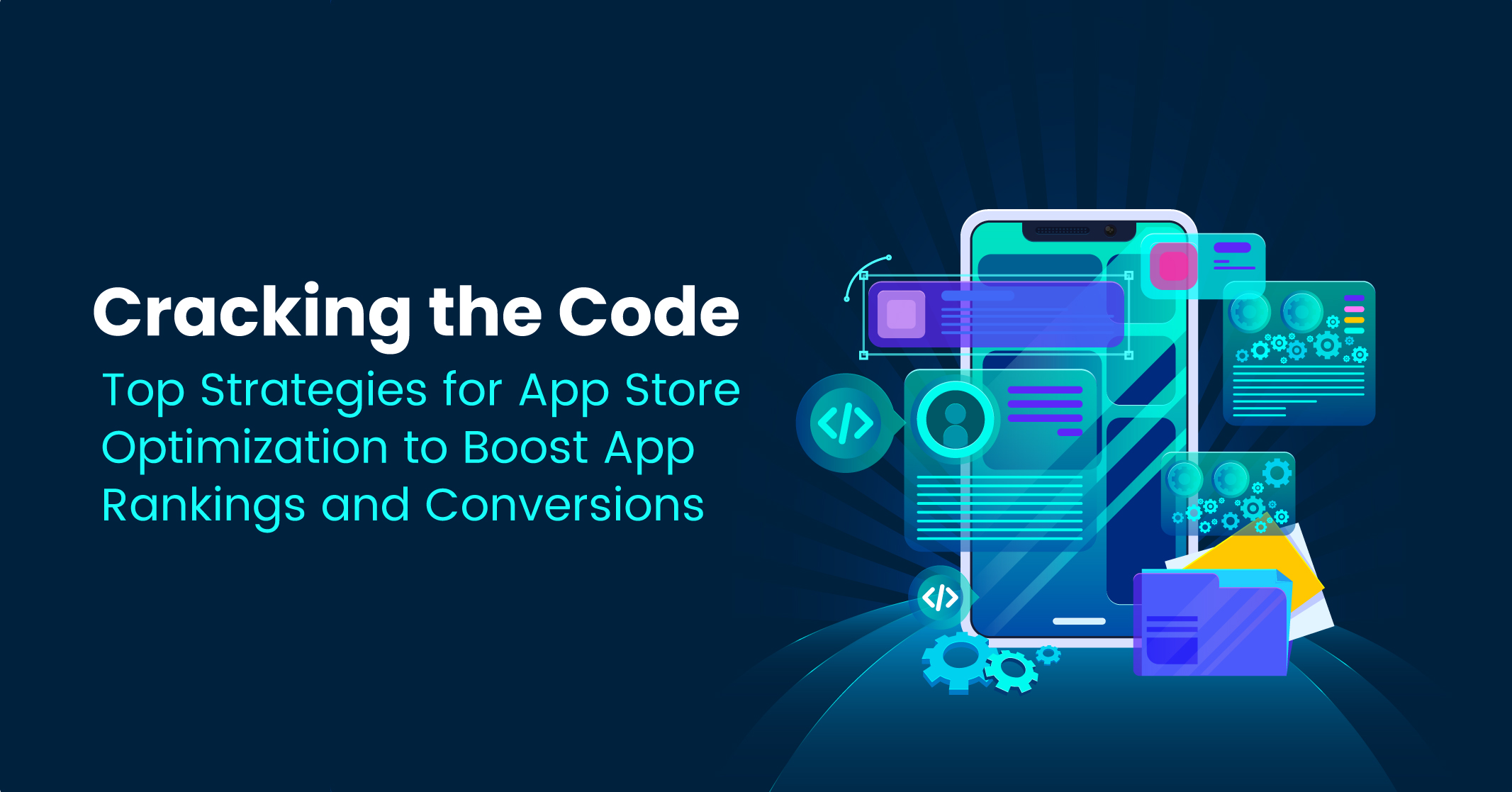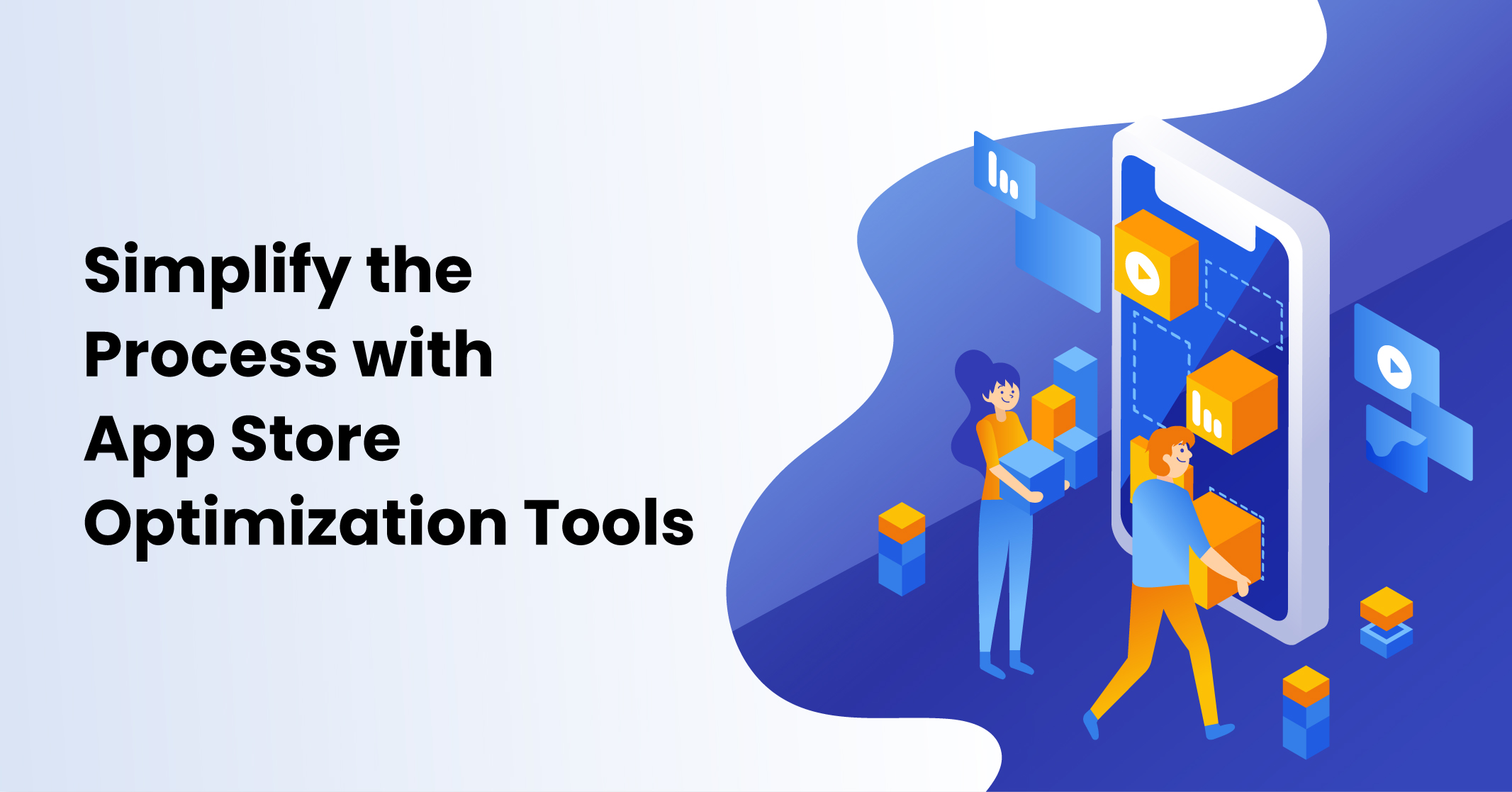I hope you enjoy reading this blog post.
If you want to get more traffic, Contact Us

Click Here - Free 30-Minute Strategy Session
Be quick! FREE spots are almost gone for this Month. Free Quote

In the highly competitive world of mobile apps, it’s not easy to earn revenue, engage with users and build brand awareness. With millions of apps vying for attention in the app stores, standing out from the crowd requires something special. This is where app store optimization (ASO) plays an essential role.
ASO is an ongoing process that focuses on improving the ranking and visibility of your app in the app store. By doing so, it becomes easier for users to discover and find your app among the sea of options available.

Click Here – Free 30-Minute Strategy Session
Be quick! FREE spots are almost gone for this Month
ASO is also referred to as app store SEO, app search optimization and ASO marketing.
Its primary objective is to:
It’s important to note that the specific fields and ranking factors for ASO may vary across different app stores.
However, some common elements to focus on during ASO include:
App store optimization is a crucial component of app marketing that can significantly impact the success of your mobile app. By optimising various elements and factors, you can increase your app’s visibility, downloads and overall user engagement.
App Store Optimization (ASO) is crucial because it empowers you to take control of your app’s visibility and discoverability in today’s highly competitive app stores.
Research suggests that approximately 82% of users discover new apps through browsing app stores or relying on app recommendations provided within the stores themselves. This means that most people decide to download apps only after encountering them in an app store.
However, with a staggering number of over 5 million apps available in the Apple App Store and Google Play combined, it has become increasingly challenging to gain the necessary presence and visibility for your app.
Learn More: Boost Your Mobile SEO Rankings with These Expert Techniques
Key Benefits:
It’s an essential investment to ensure that your app stands out amidst the vast sea of competitors, enhancing your chances of success in the competitive app market.
Here is an App Store Optimization Checklist to help you further understand the process:

A Comparison of Apple App Store and Google Play:
While the Apple App Store and Google Play share similarities, it’s important to note key differences that will impact your App Store Optimization (ASO) efforts.
App Review Process: Both platforms require apps to undergo review and approval before being launched in their respective app stores.
The app approval duration can vary from 24 hours to over a week, depending on factors like app complexity. If you have a specific release date in mind, it’s advisable to submit your app at least a week in advance to account for the review process.
Unique Elements: Apple App Store provides two distinctive features that Google Play lacks, namely the keywords field and the subtitle. Utilising these effectively can enhance your ASO efforts. While Google Play offers a short description field that Apple App Store does not provide. Crafting a compelling short description can positively impact your app’s discoverability.
By tailoring your ASO strategies to the unique requirements and features of the Apple App Store and Google Play, you can increase your app’s chances of ranking higher, attracting more downloads and maximising user engagement on each platform.
Effective keyword research forms the bedrock of a successful App Store Optimization (ASO) strategy. This is because app store search engines prioritise apps that closely match the keywords entered by users.
To optimise your app’s visibility, it is crucial to leverage relevant keywords across various fields provided by app stores, such as:
However, before incorporating keywords into your app’s metadata, conducting thorough keyword research is essential.
Learn More: Importance of Keyword Research
ASO keyword research involves the systematic exploration, compilation and analysis of relevant keywords that have the potential to enhance the visibility of your app in app store search results.
It’s important to note that a keyword refers to any word or phrase that users enter the search bar when looking for specific apps to download. These words and phrases are also known as search terms or search queries.
Keywords play a crucial role in ASO because they provide valuable insights into user behaviour, revealing the exact words and phrases users employ to discover relevant apps.
This is one of the most important app store optimization tips; it will help you gain a deeper understanding of user preferences and expectations. Armed with this knowledge, you can optimise your app store page to align with user search queries, increasing the chances of your app being discovered and downloaded.
Process Of Keyword Research:
By conducting thorough ASO keyword research and finding the right balance between popularity and competitiveness, you can optimise your app’s visibility and increase its chances of ranking higher in relevant search results.
Learn More: 3 Major Types of Search Queries

To enhance your ASO keyword research, consider using dedicated ASO keyword research tools. These tools offer specific keyword data tailored to your target app store, providing valuable insights into user search behavior.
These tools often include features for keyword tracking, allowing you to monitor the performance of your chosen keywords over time.
Here is some alternative ASO keyword research tools you can explore:
What To Do?
By leveraging ASO keyword research tools, analyzing competitor strategies, and utilizing search ad data, you can refine your keyword selection and optimize your app’s visibility in the app stores.
Learn More: A Simple Formula to Perform Competitor Analysis for SEO
Implementing App Store Optimization (ASO) involves several key steps. Keep in mind the subtle variations between the Apple App Store and Google Play as you progress through the process.
Optimise Your App’s Title and Subtitle: The app’s title, also known as the “app name” in the App Store, plays a vital role in optimization. It is the first thing users see in search listings and significantly influences rankings in both major app stores.
What To Do?
Keep your title concise, within 30 characters, and avoid excessive keyword usage. Strive for a natural and memorable app name while cleverly incorporating relevant keywords. Regularly test different names, keywords, and combinations to identify the most effective option that generates the highest app downloads.
Add Keywords: The Apple App Store offers a dedicated keyword field where you can enter descriptive keywords to improve your app’s rankings. Apple considers these keywords when determining search results.
Learn More: Types of Keywords to Enhance Your SEO
What To Do?
Get creative with your keyword research and strike a balance between highly competitive keywords and less common ones that could still drive downloads. Avoid word repetition in the keywords field, even if they appear multiple times in your research.
Craft Engaging App Descriptions: Your app’s description fields are crucial for ASO. Although their impact on rankings may vary between platforms, they directly influence how users perceive and engage with your app.
What To Do?
Incorporate keywords from your research into the description to potentially improve your app’s visibility. At the very least, the presence of keywords reassures users that they have found the desired app.
Enhance Visual Elements: Effective ASO goes beyond visibility; it also involves enticing users to click and install your app. Visual elements such as screenshots and videos play a significant role in this aspect.
What To Do?
Use visual elements to showcase your app’s functionality, features, and the value it provides to users. Consider incorporating a video preview as it offers users a glimpse into your app’s functionality and sets you apart from competitors.
Request Ratings and Reviews: This ASO tip involves asking for a rating immediately after a user has completed a positive action within your app. For example, after finishing a level, creating a post, or making a purchase. Take care not to excessively prompt users for reviews.
What To Do?
In the App Store, you can only request a rating three times within 365 days. Google Play is less restrictive, but it’s recommended to wait at least a month or longer between prompts.
While app store optimization (ASO) should be the primary driver of your app’s downloads, utilizing other marketing channels can further enhance your success.
What Does It Mean?
Typically, users who perform app store searches are already at the bottom of the purchase funnel (BoFu) and close to deciding. These users have likely conducted research and have a clear idea of what they want. Although compelling visuals and copy on your app store page can influence them, they have already progressed through most of their decision-making process.
By leveraging other marketing channels, you can reach a broader audience. These channels can include an SEO-driven website, email marketing, social media platforms, or paid advertising.
While app store optimization is crucial and requires a learning curve, remember to integrate other marketing channels into your overall marketing strategy. This will drive more app downloads and increase traffic to your app store page.
App Store Optimization (ASO) is not a one-time task but an ongoing process. App stores undergo constant changes and intense competition. Therefore, ASO should be an integral part of your app marketing efforts, requiring continuous fine-tuning and monitoring.
Even if you reach a level of satisfaction with your app store performance (although it’s advisable to never settle), it’s important to recognize that things can change. Competitors may surpass you, the landscape may evolve, and the app stores themselves may update their guidelines and algorithms.
By consistently implementing the ASO strategies discussed in this blog, you can enhance your app’s visibility and increase its chances of success in the app stores.

LEAVE A REPLY